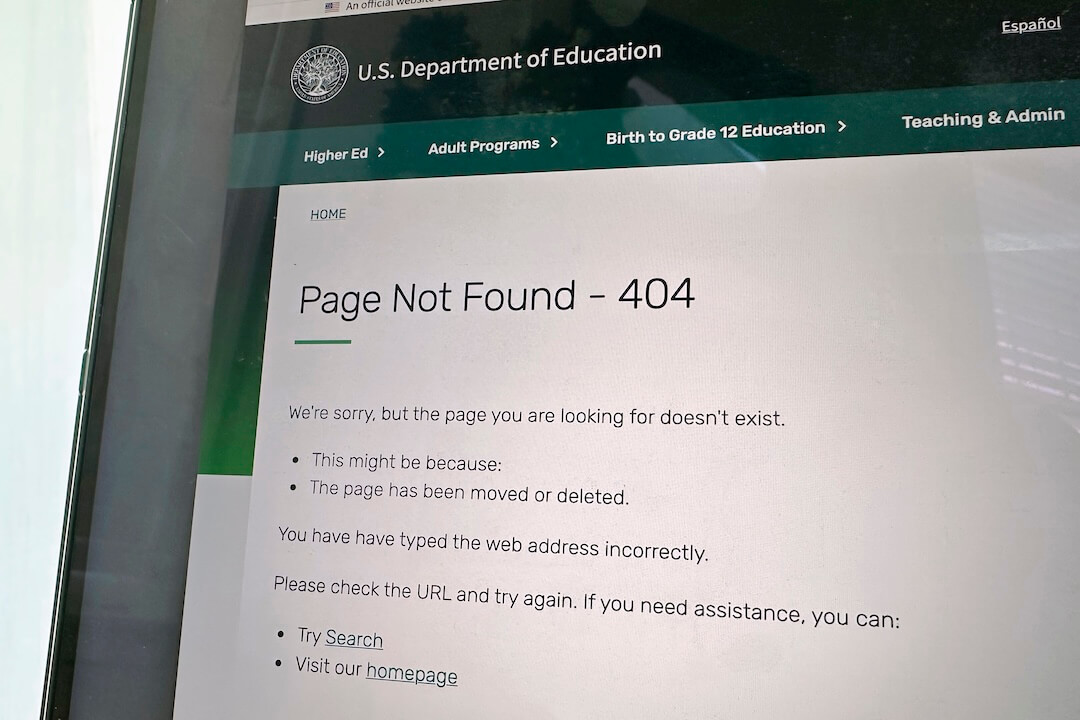With all the talk of a possible Google IPO, I wanted to write something about my default search engine. But, instead of writing about its financial prospects, I wanted to tell you about a tool that helps you make more efficient use of Google.
It’s called Free Monitor for Google and is a way for you to track the ranking of a certain site (or even a page) on the Google index.
You download the software once onto your PC (I haven’t been able to tell if this works on Mac yet) and then you can use it to tell where a site ranks on Google.
Here’s how I tested it. On March 31, I did a WABC-TV on-air segment on the Apple ipod Mini. It was a simple TV-style review and, as with all my pieces, I directed viewers to 7online.com (the station’s site) to read my full web review.
To see if the Google index had picked up the review, I ran the URL, on the Free Monitor for Google on April 3. Its rank: 249.
I ran the search again last week and the rank was now No. 4, preceded by two official Apple links and the page where you can buy it on Amazon (see the screen grab at left for details).
This service has all kinds of applications, but for journalists, it can help keep track of your own stories and help you understand where sites you are covering rank.  The service is run from the Russian city of Kirovo-Chepetsk by Dmitry Pivovarov of CleverStat.com. While the service I tried is free, there’s a more advanced tool, Accurate Monitor for Search Engines that costs $60 after a 30-day trial.
The service is run from the Russian city of Kirovo-Chepetsk by Dmitry Pivovarov of CleverStat.com. While the service I tried is free, there’s a more advanced tool, Accurate Monitor for Search Engines that costs $60 after a 30-day trial.
Via e-mail, Pivovarov explained his strategy: “We have the simple free tool and the more advanced shareware. The first one brings … attention to our site, while the second one brings a profit.” The advanced product also searches other search engines and provides detailed statistical information.
A NOTE ABOUT A PREVIOUS COLUMN:
My April 6 column was about TheMemoryHole.org, a site that’s captured international attention after publishing hundreds of photos of U.S. military coffins being brought home (see this L.A. Times story).
I had been meaning to write about the site for two years. In fact, I contacted the site’s editor, Russ Kick, on Jan. 28, 2003, asking for an interview. For logistical reasons, the interview didn’t happen, and after a 14-month delay, I wrote my piece.
Turns out there wasn’t much on the Web about the site, so as soon as he and his site became part of the breaking news last week, I started getting e-mail and voicemail messages from various reporters.
They wanted comments on the site (which was overloaded and “unvisitable” for several hours at a stretch), wanted me to give them my impressions of Kick’s politics and, most importantly, they wanted me to give them contact information. While I wasn’t really of much help, I learned (and re-learned) several things.
- When you have a good idea for a column, get cracking. I was glad I wrote about The Memory Hole before it became topic du jour, but I just happened to luck out. Another couple of weeks of procrastination and I would have been short a column idea.
- Even though the Web is so big and sprawling, content worth visiting will rise to the top. Sites, to draw attention and be useful, need not have large staffs or major budgets. If you have content unavailable elsewhere, people will (eventually) find you and use you. Websites run by “just a guy” can outdraw some news operations. Examples include Refdesk.com, BJPinchbeck.com, and, of course, DrudgeReport.com.
- It’s easy even for serious journalists to fall for conspiracy theories. Some of the reporters who contacted me were convinced the government had “taken down” Kick’s site because of the photos.
Sree’s Links:
SAJA’s 10th Anniversary Convention and Job Fair is June 17-20, 2004 at Columbia University in NYC – see our stellar lineup of speakers, workshops, panels. Lowest convention prices of any major journalism convention. You don’t have to be South Asian to attend!





